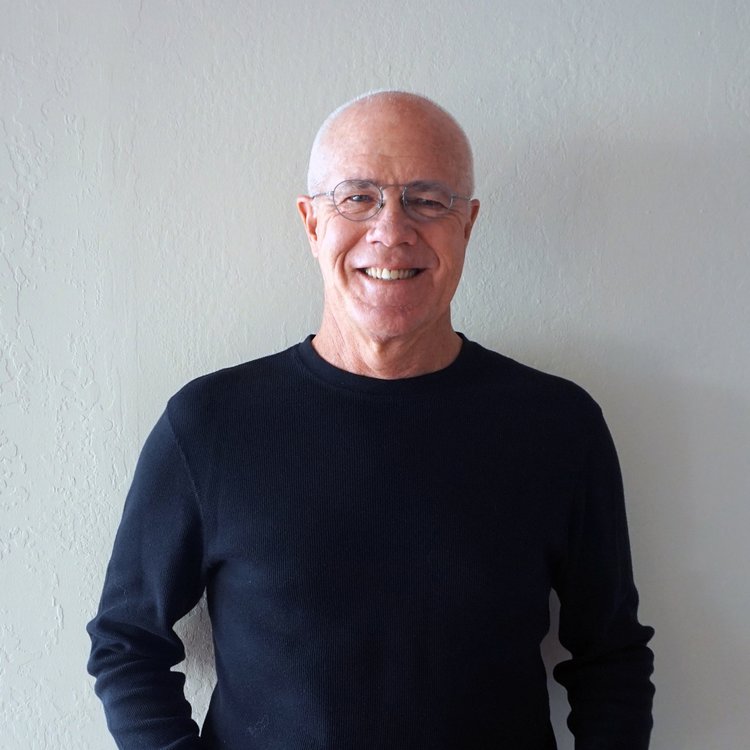First Hit: Brought back my feelings of sadness and the beauty of the Tibetan cause.
Tashi Delek!, to my Tibetan friends. I spent some time in Tibet in November and December of 1998. The moment I crossed the border from Nepal into Tibet, I felt at home. I had mixed emotions while watching this film which told me the film was doing its job, it was making me think.
I’ve been supporting the Students for a Free Tibet since the mid 1990s. When I made my sojourn to Dharamsala in the mid-summer of 1998 to visit the home of the exiled H. H. Dalai Lama, I was struck by the number of people who arrive each week from Tibet. They come to Dharamsala to be in the presence of his holiness and to leave the suppression of the Chinese Government over their homeland.
The film focuses on the two different aspects of this battle between the Tibetan people and the Chinese Government. The one aspect is his holiness’s view of the middle way, autonomy not independence. The other aspect as pursued by younger groups, full independence.
The film looks at each side with some commentary by the Chinese Government through public comments at press conferences. The film is relatively current in that is shows the disruption of the Olympic flame as it made its way to Beijing through both Europe and the United States.
The film also chronicles a group of marchers as they marched from India to the border of Tibet only to be turned away by Indian police due to pressure from China. The point that is brought up again and again is the historical fact that when a government attempts to control everything in its jurisdiction, eventually it all unravels.
And, at end of the film, there is a very important question that is asked: What will happen when the current incarnation of the Dalai Lama dies?
Co-directors Ritu Sarin and Tenzing Sonam did a masterful job of interweaving interviews into a cohesive film about a cause.
Overall: The cause is not lost on me or many others; I trust that the Chinese grip will unravel in my lifetime.
